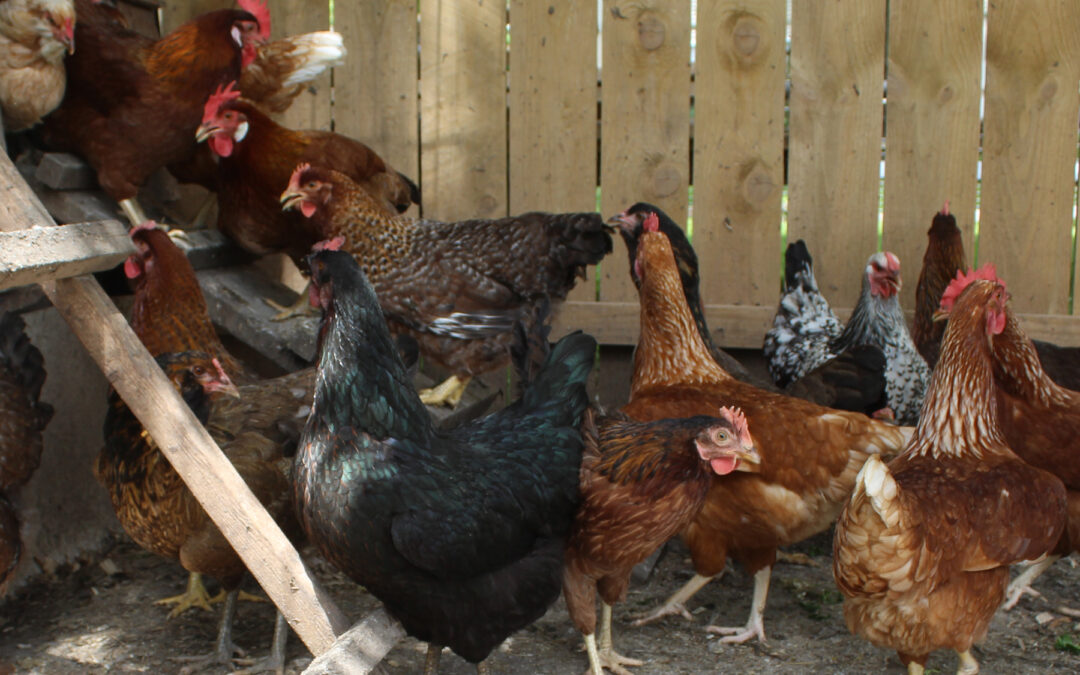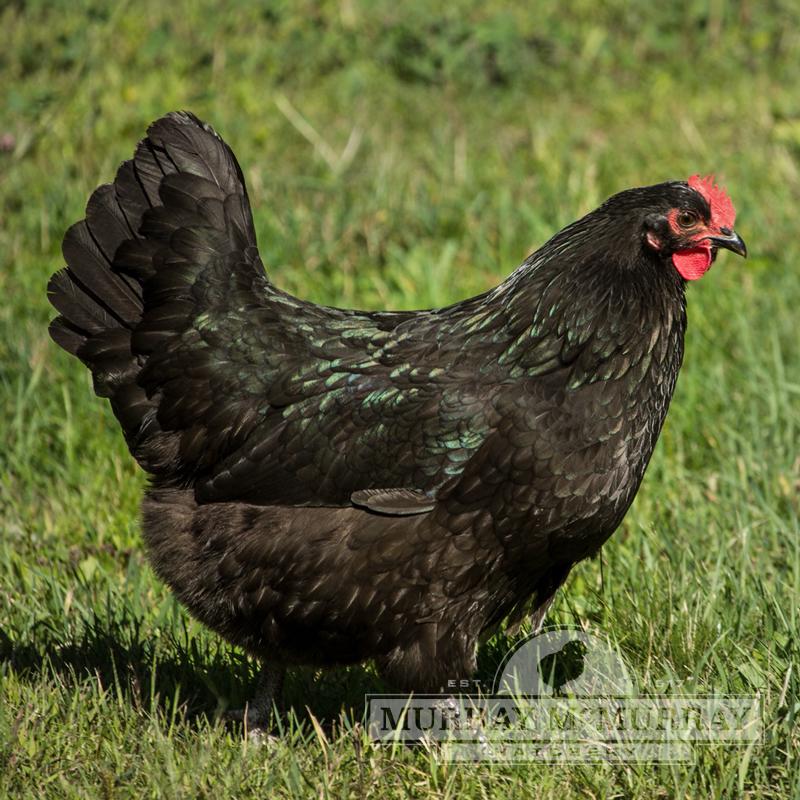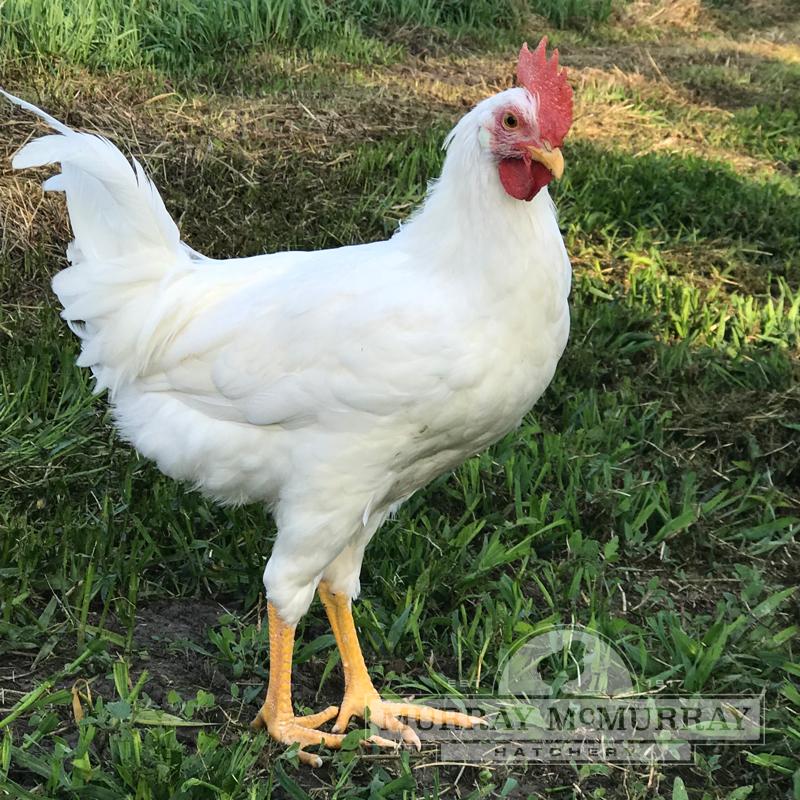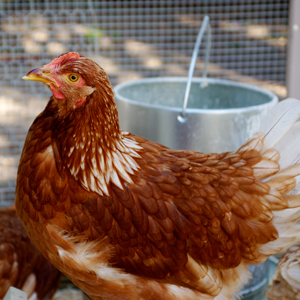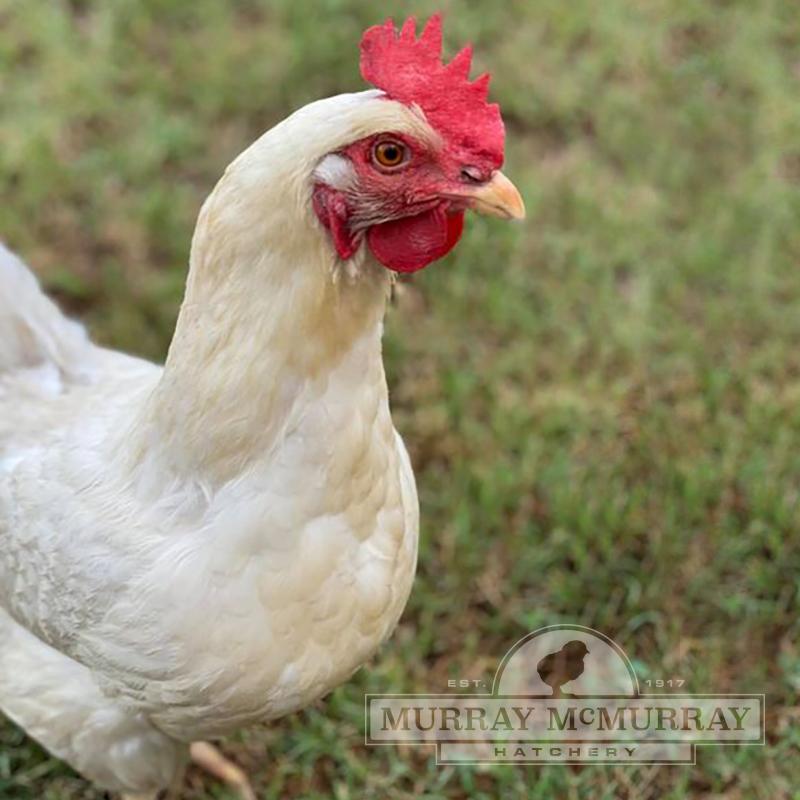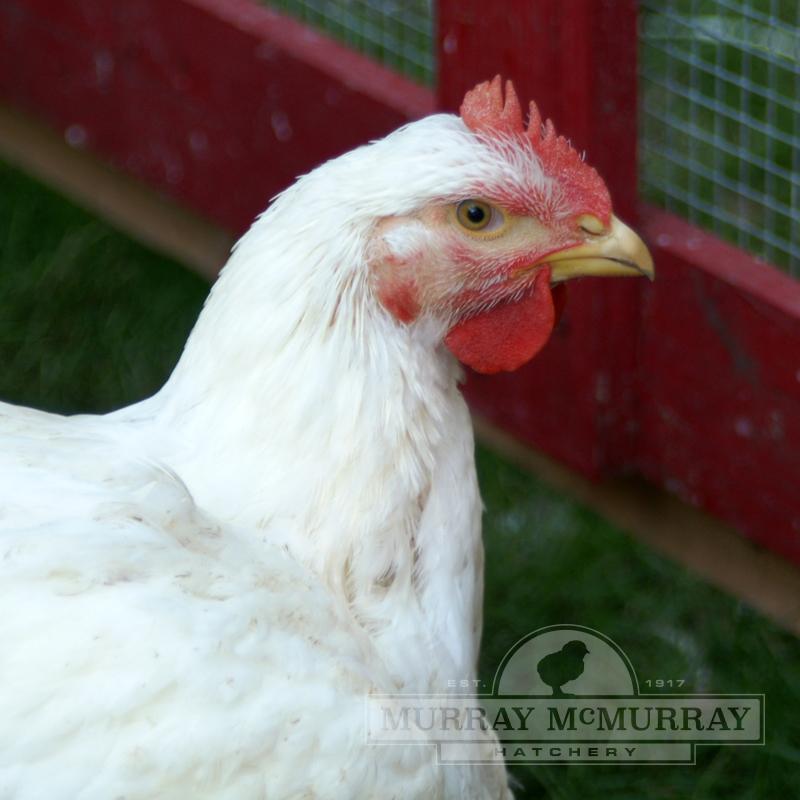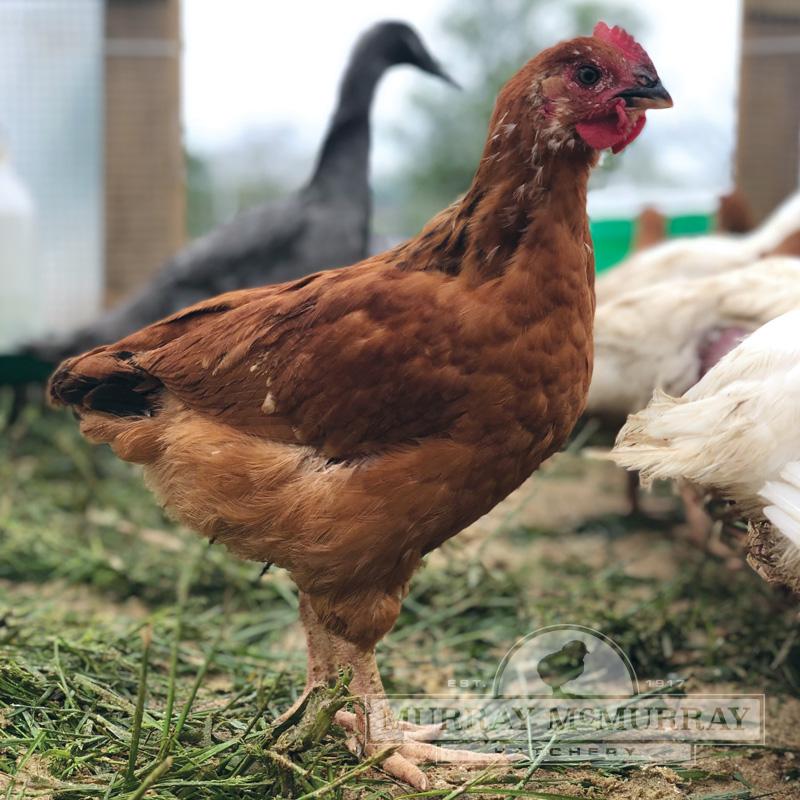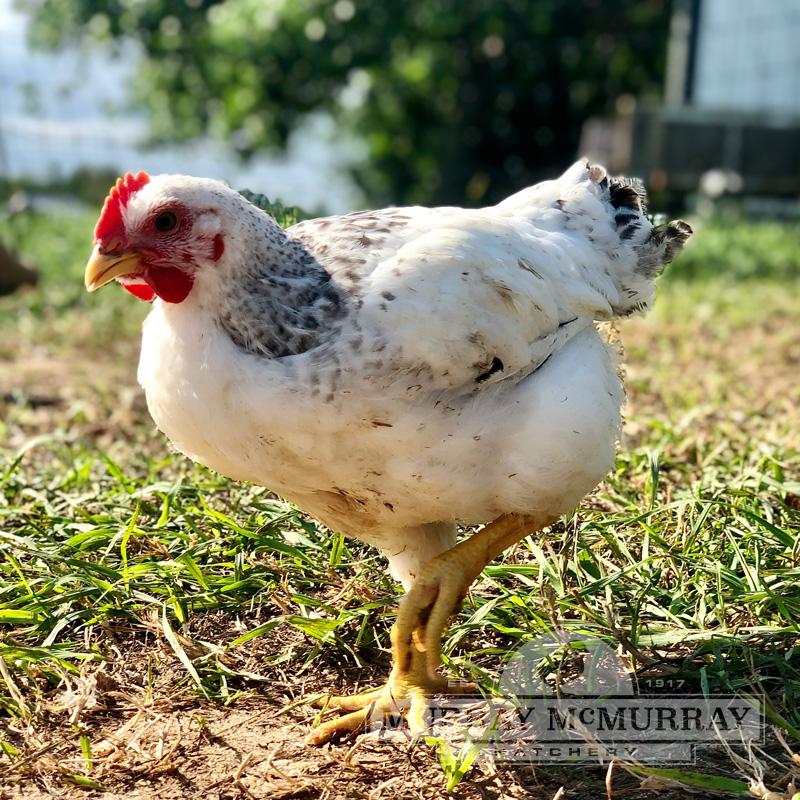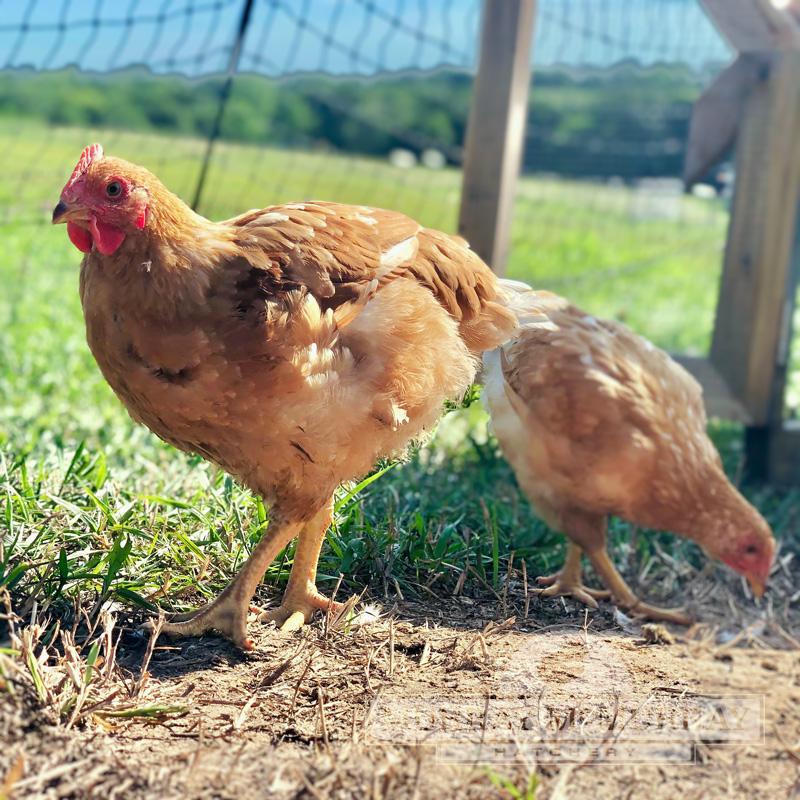Five of easiest animals to raise on the homestead or small acreage will depend on the layout of your property and the amount of land owned. The decision to homestead means you have decided to live a more sustainable life. Gardening and preserving the harvest is a necessity to living a homesteading life, but so is the opportunity to raise livestock. Selecting the easiest animals or livestock to raise on the homestead will depend on a few important factors. In this article we will cover the best livestock for small acreage homesteading that will give you the biggest bang for your buck.
Deciding What Animals to Raise on Your Homestead
The decision to homestead allows many to dream big. There is no greater reward than the ability to own your food. Much like anything in life, knowing where to start is key to success, for homesteading it begins with the size of your property.
A lot can be achieved on a small acreage homestead, however, it takes quite a bit of planning. Set goals each year for what you’d like to achieve, and if you’re new to homesteading make sure to set-up necessary homesteading goals for the first year. These goals will vary for each individual based on the shape of the property.
The best advice I give to aspiring homesteaders is this, do not rush into anything. Establishing a homestead takes years, and even then modifications are made yearly. Homesteading is truly an evolving process and one which many enjoy. Incorporating one to two livestock breeds each year will allow you the opportunity to hone your skills on the animals which you’ve recently incorporated onto the property.
Do not take on more than you can chew, more importantly do not take shortcuts in order to achieve your goals. Shortcuts in the homesteading life will hinder your ability to be good stewards to the land and affect your ability to provide good animal husbandry.
Take time and make sure all animal housing is secured from predators and will protect them from the elements. Plan which animals to house together, and always plan for additional livestock.
Here are the easiest animals to raise on the homestead and the best livestock for small acreage homesteading.
Livestock for Small Acreages
POULTRY
If you have heard the term, chickens are the gateway to farming then you will understand why poultry are the ideal livestock for small acreage homesteading. Aside from raising chickens, ducks are a close second for many who enter this life.
Poultry, without a doubt, are the easiest animals to raise on the homestead. Starting with this small livestock will give you the confidence to explore other livestock options.
Chickens are the quintessential livestock for every farm and homestead. Not only do they provide eggs, they also provide countless hours of entertainment. Select the best chicken breed which best meets your family’s requirements:
-
- kid-friendly breed
- dual-purpose (meat and egg production)
- egg color
- best breed for your climate
Unlike chickens, ducks are cold-weather-hardy and less susceptible to becoming ill. However, when kept in a run their space can become extremely messy and muddy. Ducks are prolific layers and, depending on the breed, will outlay the most prolific chicken breed by 75 to 100 eggs a year.
Egg Production
Whether you are consuming eggs for private consumption or egg sales it is important to know which poultry breeds lay the highest amount of eggs yearly. This will determine how many birds you will need to incorporate onto the homestead.
Here are the top 5 most prolific chicken breeds:
Black Australorp
LEARN MORE
Pearl White Leghorn
The Pearl White Leghorn is THE BEST white egg layer sold at McMurray Hatchery. The Pearl White Leghorn lays the highest number and the most consistent white eggs of any breed.
LEARN MORE
Red Star
Red Star sex links are McMurray Hatchery’s best brown egg layers. These hens will lay consistent, big, brown eggs day after day. Red Stars are easy to raise and hardy birds.
LEARN MORE
Amber Star
LEARN MORE
Black Star
Black Star sex links are one of the most overlooked in McMurray’s top egg-laying poultry breeds. Black Stars are excellent brown egg layers and quiet friendly chickens.
LEARN MORE
Raising Poultry for Meat
All chicken and duck breeds can be consumed for meat, however, not all breeds have a substantial amount of meat on them. As a sustainable homesteader we raise dual purpose breeds. This allows us to utilize poultry for both egg and meat production. This was a decision we made early on in our journey, and it has worked out quite well for our property.
Chickens are classified into three groups, bantams (smaller breeds), dual purpose (egg and meat production), egg laying (high egg production), and meat (used solely for meat purposes).
In addition to raising dual purpose breeds we also incorporate broiler breeds for meat production. These breeds grow quickly (within 8 to 16 weeks) and have more meat on them than dual purpose breeds.
The cottage laws for your state will provide you with the information needed for selling meat and eggs.
Cornish Cross
Year after year the Jumbo Cornish Cross is the number one best-seller at McMurray Hatchery. These fast-growing broiler chickens go from chick to table in an average of just 56 days. Raise on grass or pasture for best results.
LEARN MORE
Murray's Big Red Broiler
The Murray’s Big Red Broiler is a perfect option for those wanting a good broiler chicken without the issues of fast-growing breeds. For best results, raise on grass or pasture — or in a tractor — and let these chickens free range.
LEARN MORE
Delaware Enhanced Heritage Broilers
LEARN MORE
Ginger Broilers
LEARN MORE
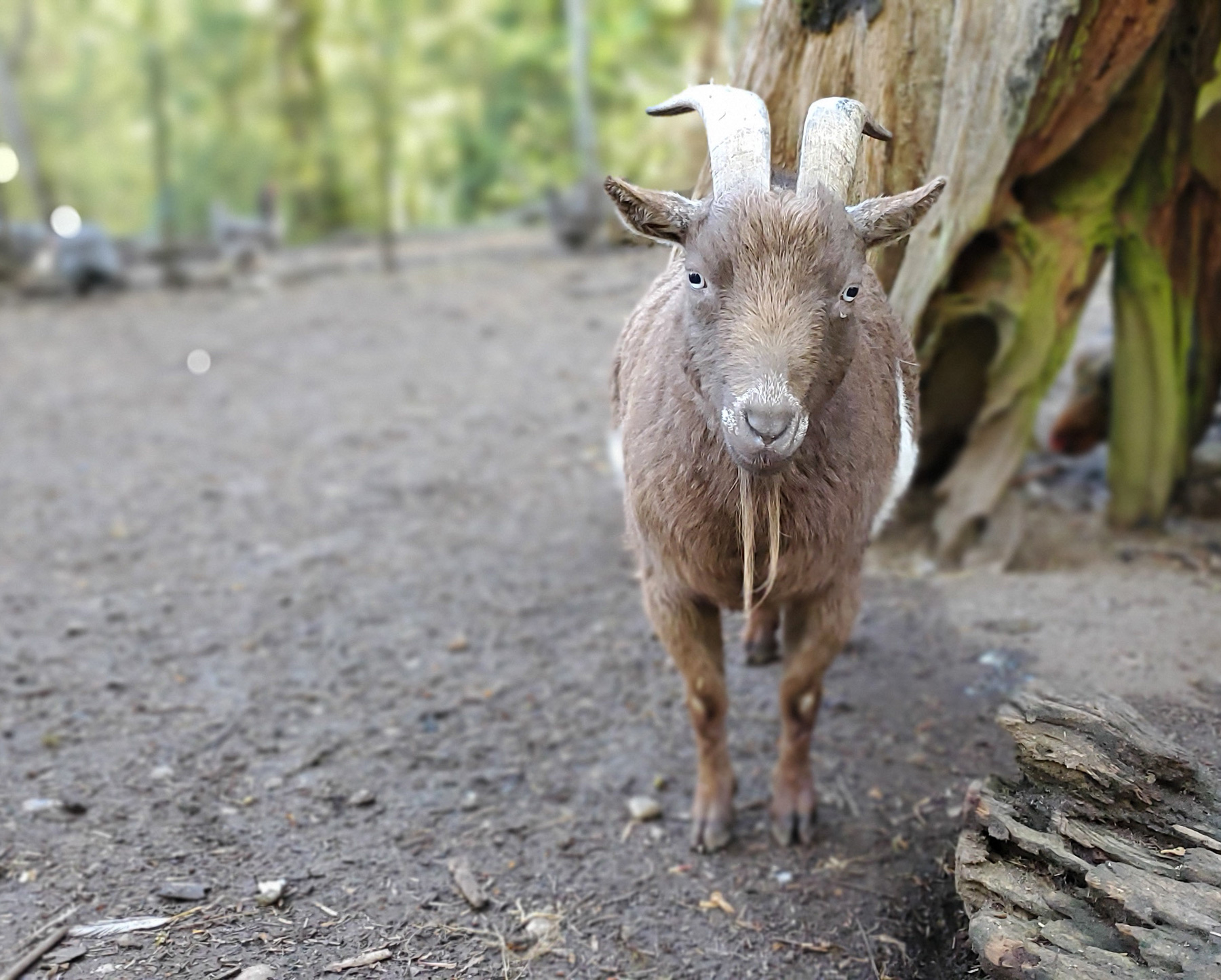
Raising Goats on a Homestead or Small Farm
Goats serve many purposes on the homestead, and much like poultry, each breed serves a specific purpose. This smaller ruminant livestock does not require much space but does need a predator proof structure to rest and good fencing.
The decision must be made as to whether you will be raising goats for dairy or meat production. For example, Nubian and Nigerian Dwarf goats are popular for dairy production whereas Boer goats are best known for meat production. All breeds of goats can be milked and used for meat purposes, although the production will be much lower than breeds intended for milk and meat.
In addition to milk and meat production, goats are used to clear the land. This benefits the keeper two fold, clearing the land minimizes how much is spent on purchasing dried grass weekly and clears brush as they consume the leaves and younger branches.
Goats, pigs and chickens have a great working relationship when it comes to clearing the land. Once the goats have cleared the leaves off of bushes and smaller trees, the pigs move into the spot which was worked to root up what is left behind. The chickens follow behind the pig, scratching the manure and preventing new growth.
Depending on your comfort level, renting your goats to neighbors to help clear brush provides extra income.
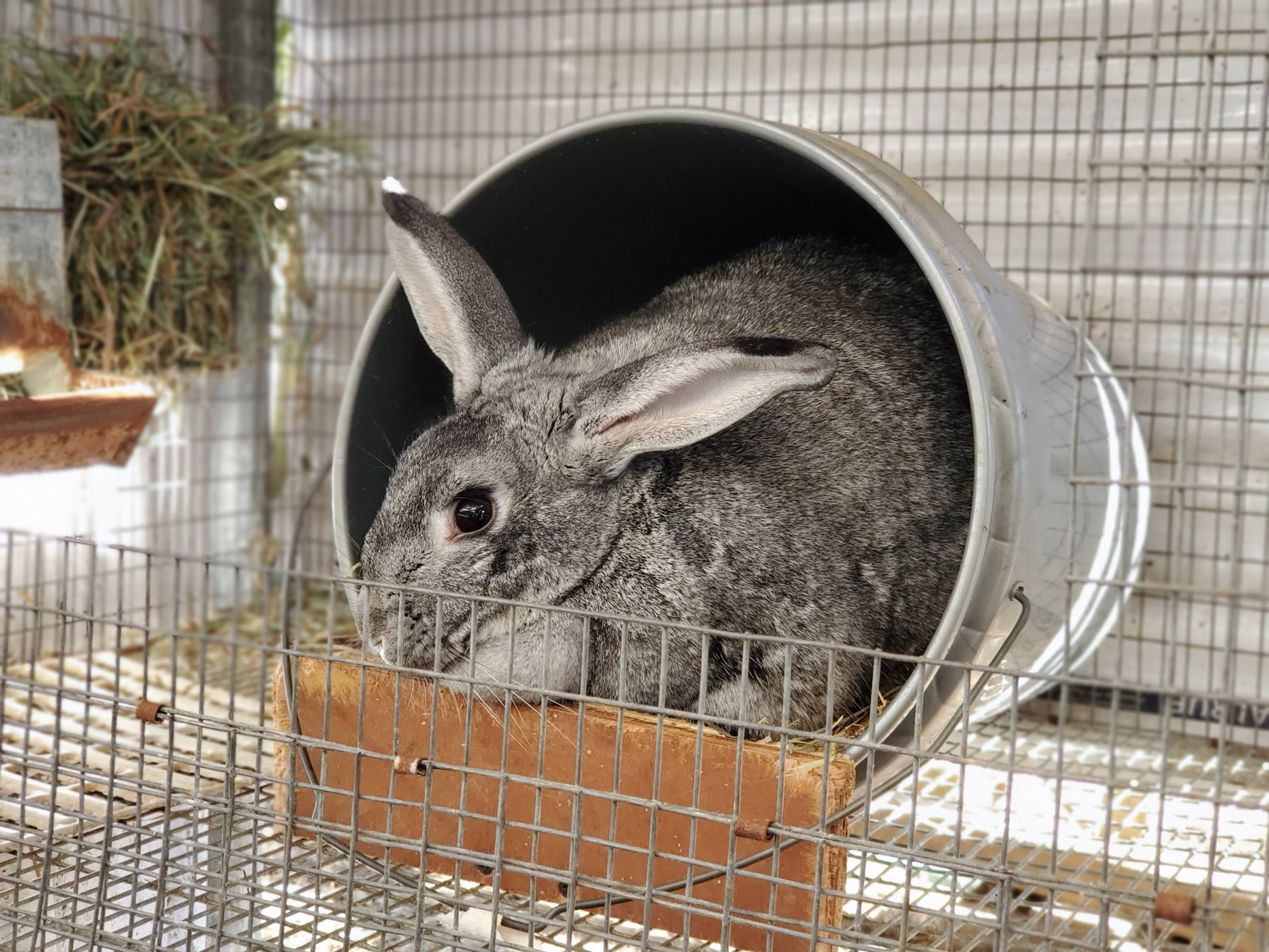
Rabbits: An Alternative Meat Source on the Homestead
Raising rabbits for meat is ideal for those who homestead. Many cities do not consider rabbits to be livestock which makes them an ideal animal to raise for meat. You truly get your bang for your buck when it comes to raising rabbits. Three rabbits bred twice a year can easily produce 45 rabbits for meat per year if not more.
In truth, there is very little effort which goes into raising rabbits. However, much like all livestock housing, feed options, and overall good animal husbandry is required. Between spring and early fall feed and dried grass can be supplemented for a natural feed option, make sure to learn how to feed rabbits naturally.
In order to make an income from raising rabbits the pelt, manure, and extra meat is sold.
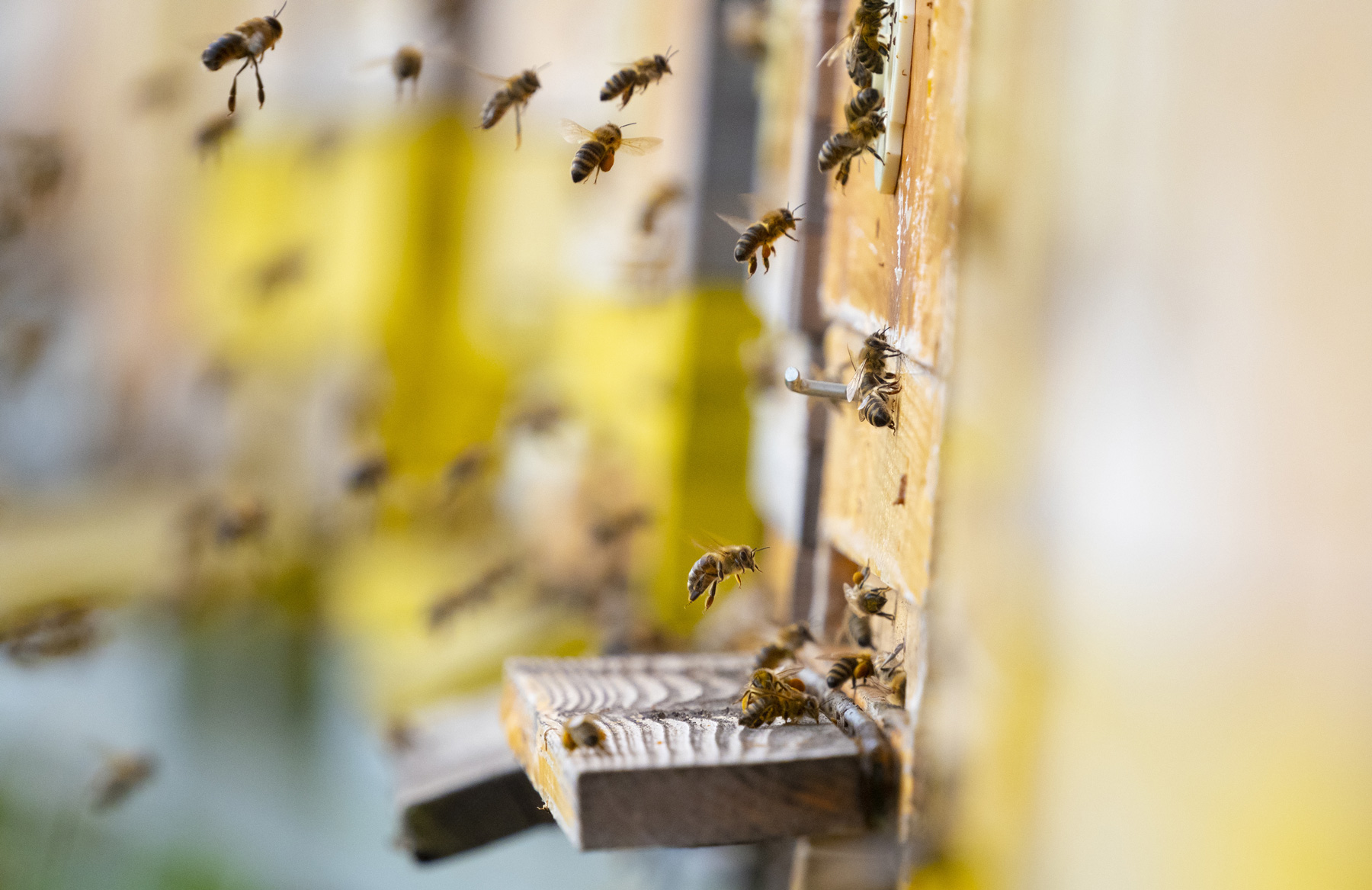
Bees: Setting Up an Apiary on a Homestead
Honey bees are a great option regardless of the size of your homestead. Not only do they provide incredible raw honey, but they also work to pollinate your gardens. The beeswax and bee pollen are valuable, and many will pay top dollar for these items.
Much as raising livestock, learning how to raise bees and harvest honey is necessary. Aside from taking a class, search YouTube for additional valuable information. The initial set-up cost can be quite expensive, but once you have acquired everything needed, the rewards are incredible.
In addition to the items mentioned above, renting a hive to a neighbor allows for an opportunity for extra income.
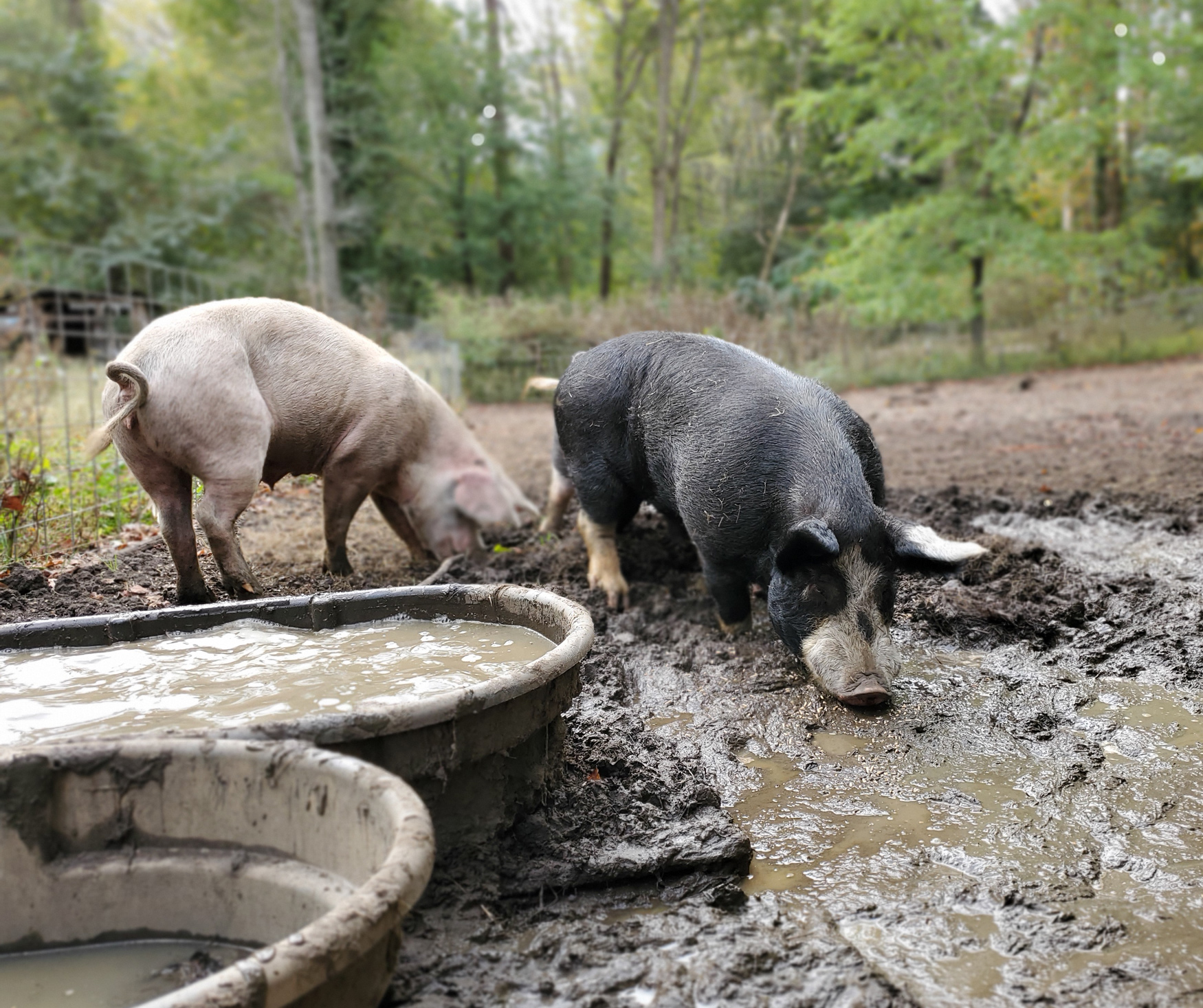
Pigs: An Ideal Livestock for Small Acreages and Homesteads
Pigs are ideal livestock for small acreages, hobby farms and homesteads. The opportunity to raise pigs is truly a rewarding one. Let me give you two examples as to why pigs are valuable on the homestead: for meat and for clearing the land.
Of all the livestock on the homestead pigs are the most valuable. Aside from the initial cost to purchase a boar and sow, feed, your pigs will pay for themselves quick enough. There are two quick ways to make money on raising pigs, sell off extra piglets and sell mature pigs for meat. A good pig farm will have customers lined up to purchase from them for years to come.
Pigs require good fencing — really good fencing. Many will build a fence using cattle paneling and even pallets. However, that is not enough to keep pigs from escaping. Electric fencing, often two rows, is added to the bottom of the cattle panel fence. This will ensure your team remains exactly where they need to be.
There you have it, five of the easiest animals to raise on the homestead. Some would argue that sheep are ideal livestock for small acreages, however, this will depend on the ability to rotate the herd through multiple pastures for good biosecurity measures. Start out with a well thought out plan and these five types of livestock — chickens, goats, rabbits, bees and pigs — and you’ll be on your way to controlling your own food source in no time!
There you have it, five of the easiest animals to raise on the homestead. Some would argue that sheep are ideal livestock for small acreages, however, this will depend on the ability to rotate the herd through multiple pastures for good biosecurity measures. Start out with a well thought out plan and these five types of livestock — chickens, goats, rabbits, bees and pigs — and you’ll be on your way to controlling your own food source in no time!

Ann Accetta-Scott is a homesteader in Tennessee raising poultry, goats, cows and rabbits. She is an educator and encourages those who are seeking to live a more sustainable lifestyle. Ann is also the face behind the website A Farm Girl in the Making and author of The Farm Girl's Guide to Preserving the Harvest.
Photos by Ann Accetta-Scott and McMurray Hatchery Staff.

